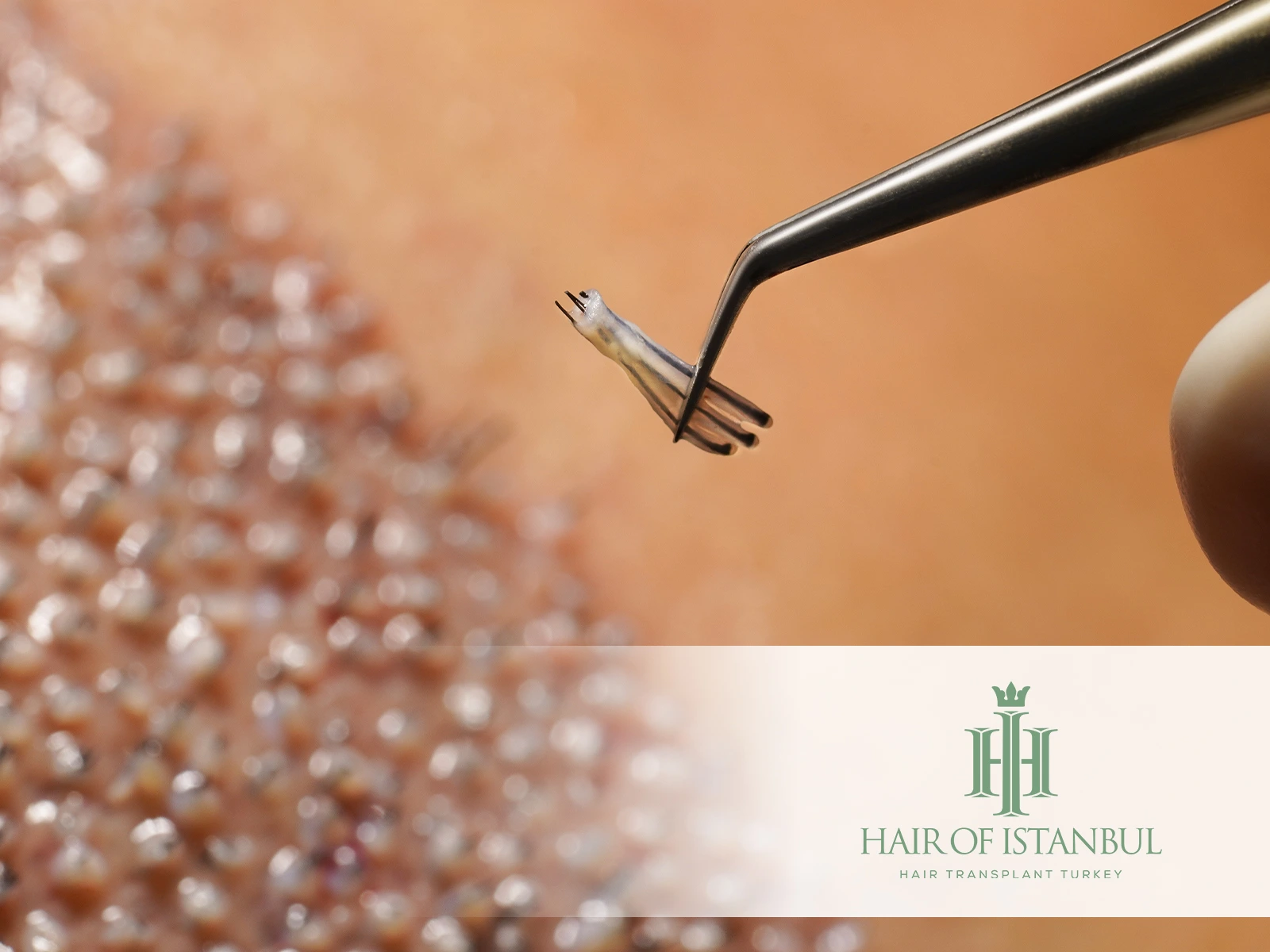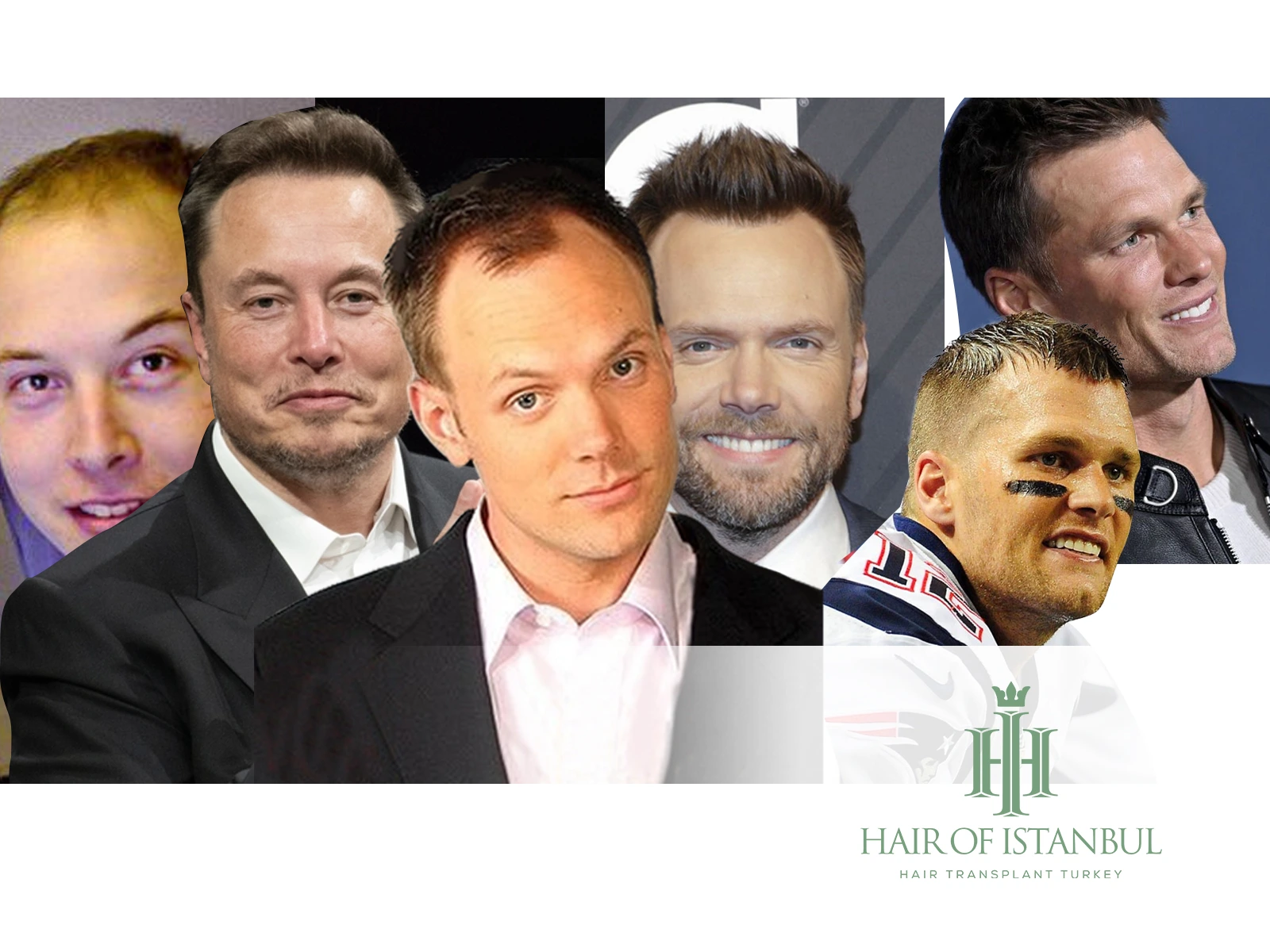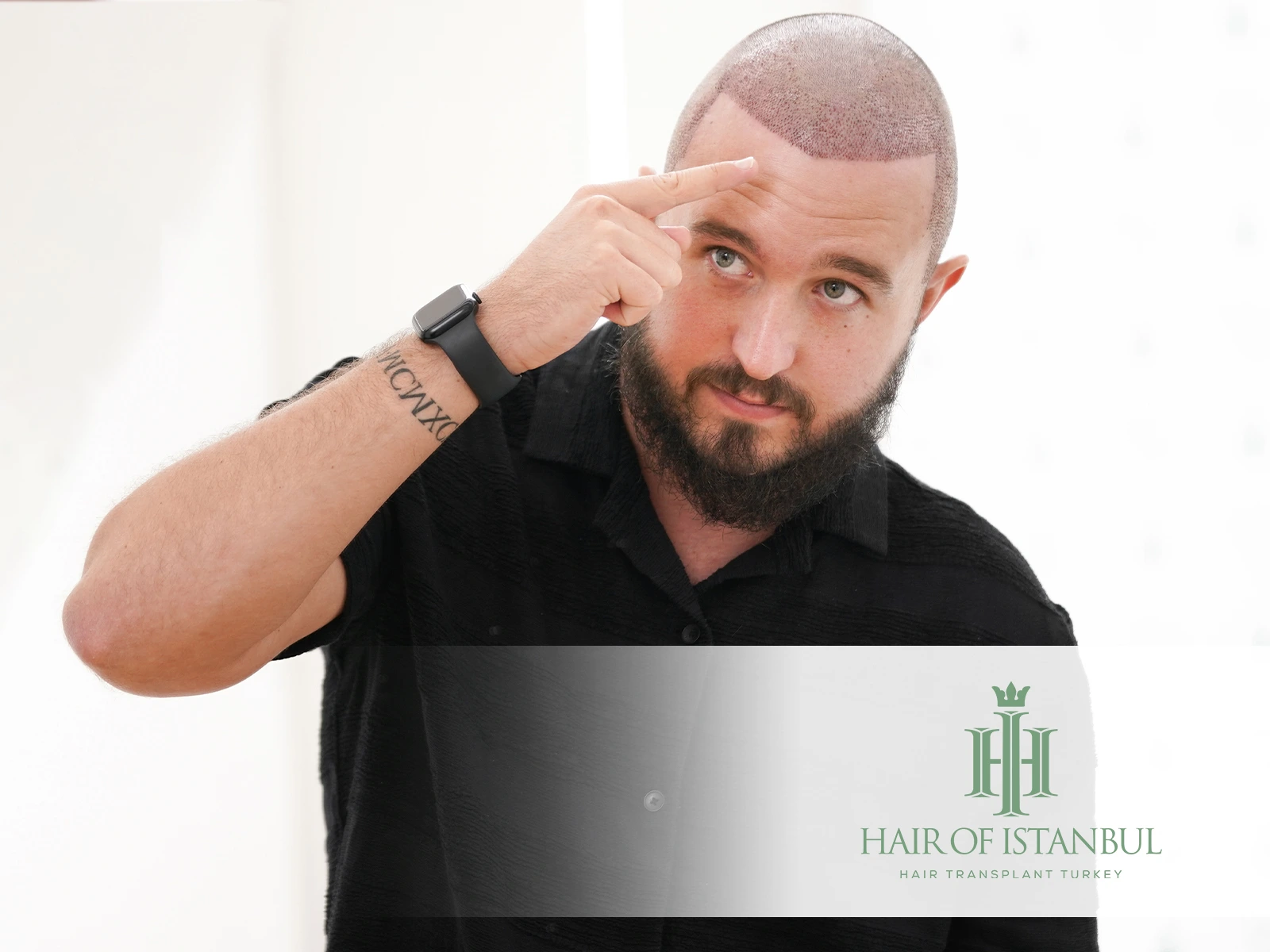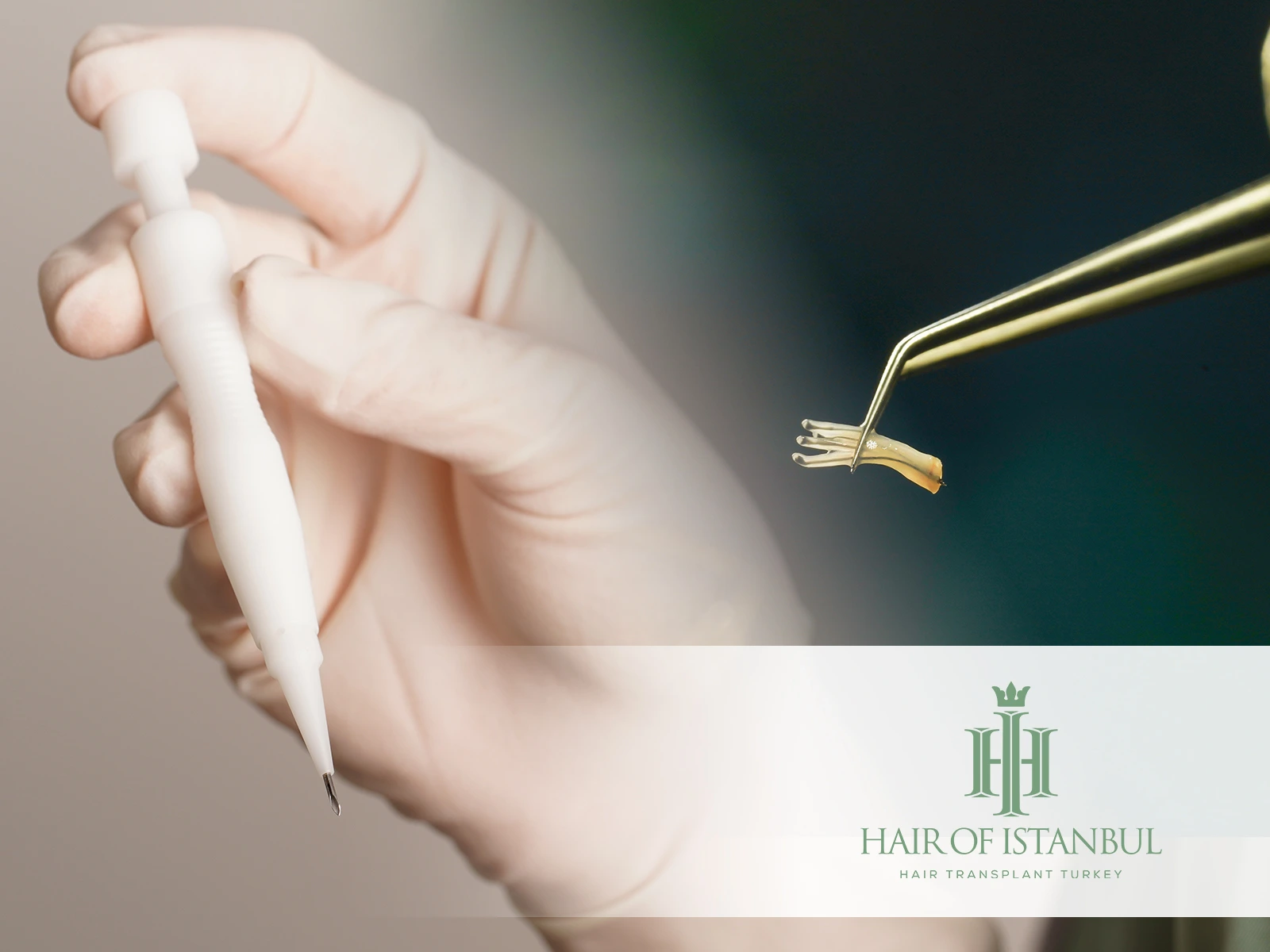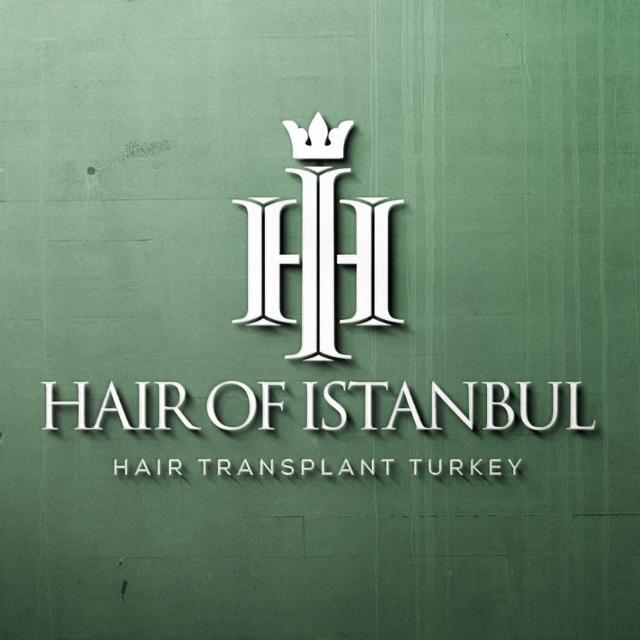Beard Transplant Facts | A Manual for Surgery on Beard Transplants
Beard Transplant Facts | A Manual for Surgery on Beard Transplants
In this article, we would like to tell you about “Beard Transplant Facts”. In recent years, beard transplant surgeries have become increasingly popular. Men who want to grow a goatee, mustache, or beard that is deeper or fuller should consider this form of plastic surgery. Many techniques used in other hair transplant operations are also used in this treatment, with follicular unit extraction being the most popular technique (FUE). So, the first item of the “Beard Transplant Facts” is Hair of Istanbul usually prefers FUE for beard transplant.
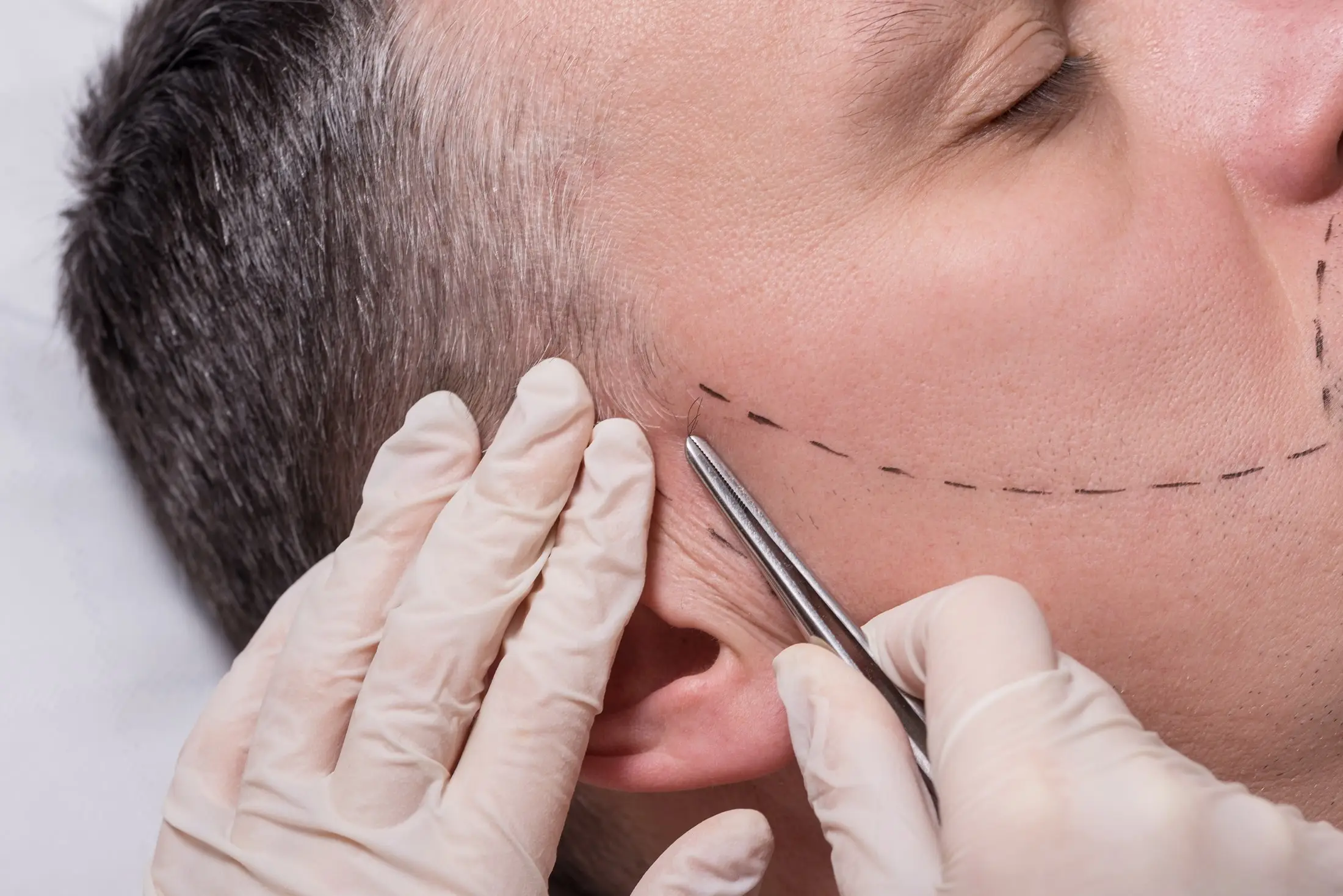
Hair of Istanbul is here to assist you, whether you’re considering a beard transplant procedure for health reasons or to get ready for this year’s November. We’ve provided a brief explanation of how it functions below, along with some options for both domestic and international medical care.
What Is Surgical Beard Transplantation?
Like a standard hair restoration procedure, beard transplant surgery includes moving hair from the donor location to the recipient site, a bald or thinning section of the patient’s body. This procedure can restore previously lost hair permanently if done correctly. Additionally, it is minimally invasive and typically performed as an outpatient treatment, allowing patients to go home the same day.
What’s the Process of a Beard Transplant?
Several techniques can be used for beard restoration surgery, just like there are for other hair transplants. Follicular unit extraction (FUE) is the most popular approach, although there are also other good choices, including follicular unit transplantation (FUT) and platelet-rich plasma therapy (PRP). To choose which method is ideal for you, talk about them with your doctor and your Hair of Istanbul Patient Manager. This will rely on several variables, including your general health and your treatment expectations.
Your doctor will need to assess the quality of the hair in the recipient area and match it to a part of your body that could serve as a viable donor site before you perform a facial hair transplant. As a result, depending on what is most appropriate, hair may be removed from your head, chest, armpits, or other locations to assist produce the results that seem the most natural.

When using the FUE technique, clusters of hair follicles, or grafts, are individually removed from the donor site throughout the process. To keep them healthy, these are next put in a specific solution. The grafts are then implanted into the recipient site once removed. Depending on how many grafts are being transplanted, the surgery lasts 4 to 8 hours.
Patients usually continue their daily activities and go back to work 2-3 days after a beard transplant operation. Your donor and recipient sites may have some swelling and redness for the first few weeks, but after around three months, you should start seeing some early signs of growth. The average time it takes for the final findings to show up is 12 months, but it’s also not unusual for it to take up to 18 months. In this article, we are trying to inform you about beard transplant facts. We hope that we could assist you. If you need more detail about beard transplant (read more) facts, you can reach our Patient Coordinators.

